Muizenberg Beach at Dusk in Cape Town, South Africa


My husband, two sons and I arrived at Vergenoegd, a wine estate at the start of the Stellenbosch wine route in the Cape Winelands on a beautiful summer day. We followed the long gravel road off the R310, past the pond where resident geese and native wild birds relax and parked under the towering oak trees.
My 5-year-old son immediately started to explore and was excited to find acorns on the ground. “We have acorns in Canada too, mom”.
We entered the outside dining area where the long table was located, to a glass of Vergenoegd bubbly and were greeted by Rocco, a friendly goose. My youngest son was enamoured with Rocco and showed him the acorn that he found.
I instantly fell in love with the long table and the beautiful setting under the trees. I’ve always liked and enjoyed the idea of a community table and the intimate feeling it brings. Winemaker Marlize Jacobs, managing director Peter Stuart and marketing manager Nicole Arnold also joined us at the table. It was wonderful to have their company and an excellent way to learn more about the processes at Vergenoegd.
Before their picnic lunch, my youngest son took some time to enjoy one of his favourite activities, colouring, while his older brother played with a ball. He then joined his brother and soon there were laughs and shrieks at each miss of the ball.
While my husband and I were at the long table, the boys had a picnic lunch on the lawn. They had a blanket, boxed lunch and a trunk full of toys and games to choose from. They had ample room to run and play. We didn’t have to try and keep them still or occupy them while trying to eat our 3-course harvest meal; instead, they were free to be kids. Just the way they like it.
We could enjoy our delicious meal prepared by Chef Ryan that included freshly harvested vegetables. Though I checked in on them from time to time, they also had the watchful eyes of childminders and were taken care of as well as my husband and I were being taken care of. Thank you Vergenoegd.
After lunch, my husband and I went inside the Manor House for a blending experience. We could choose from wine, coffee, tea or olive oil. He chose coffee, and I picked tea. I wondered how we were going to join in the blending experiences with kids in tow, but Vergenoegd made sure to take care of those details, perfectly. A childminder sat with them and helped them while they decorated the cookies that were included in their picnic lunch.
Vergenoegd is home to 1100 runner ducks that set out each morning for the vineyards where they work at keeping the snails away. As they go out in the morning and return in the afternoon, they parade past the Manor House. After our separate experiences, we all came back together on the lawn for the duck parade. What a unique experience and event to watch, not to mention how adorable it is. It’s such a great idea in helping to keep the snails away and lowers the need for pesticides.
I didn’t think visiting a winery while on a family trip to Cape Town, South Africa was possible, but I quickly learned otherwise. There was no shortage of activities for children, with treats and surprises along the way. Vergenoegd knows kids. The childminders were a welcome addition as it gave my husband & me a chance to participate in the blending experiences and time to enjoy the harvest lunch and conversation at the long table.
Our afternoon at Vergenoegd was truly enjoyable for each of us and a highlight of our time in Cape Town. We are now back home in Canada and are still talking about it. Just the other day I enjoyed some rooibos and bachu tea that I purchased after my blending experience. Thank you Vergenoegd for an enjoyable first experience at a Stellenbosch wine estate, we’ll be back.
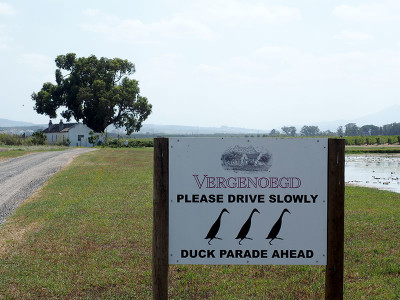
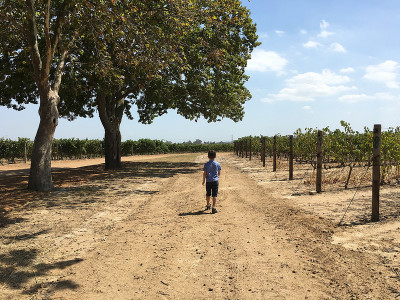
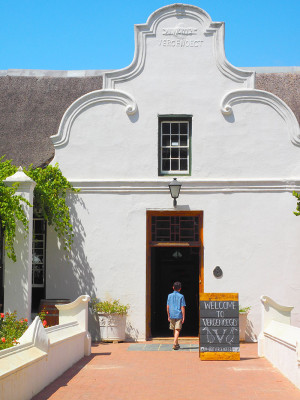
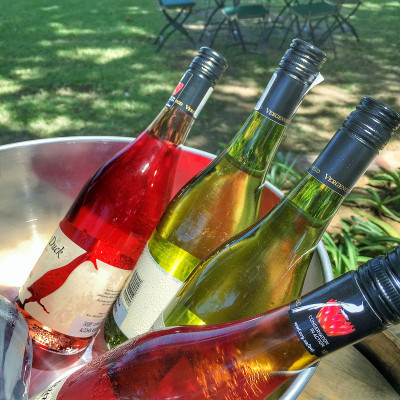
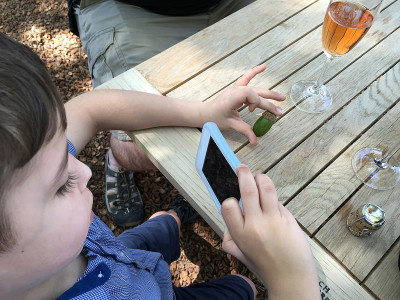
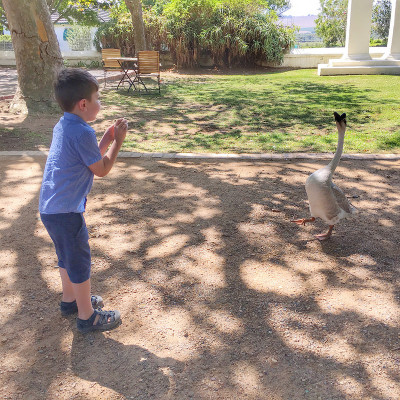
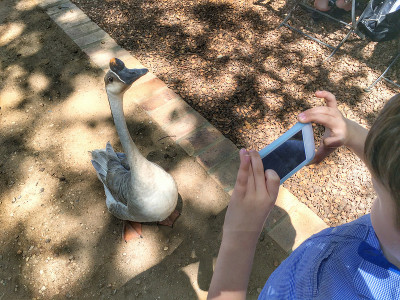
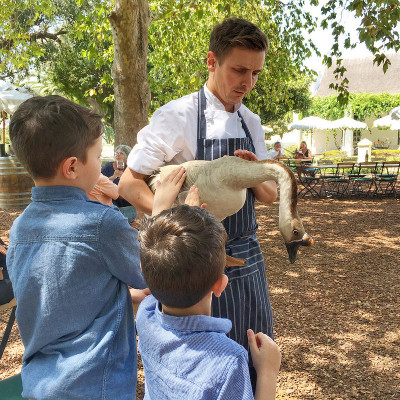
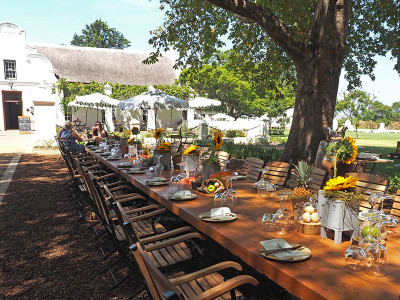
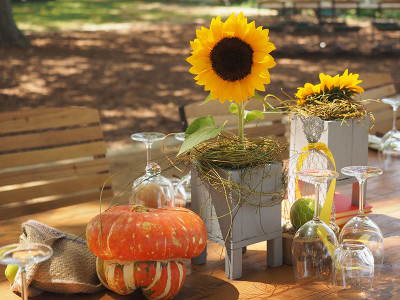
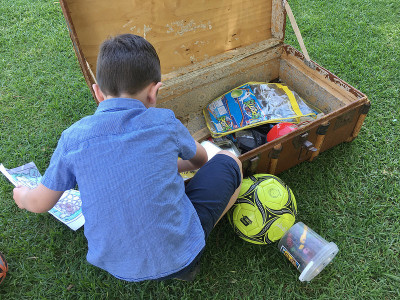
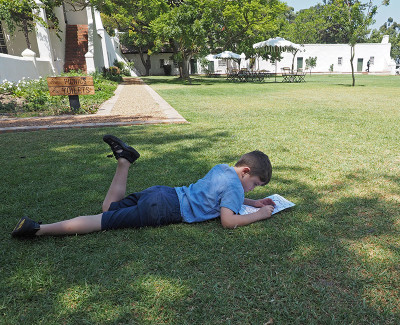
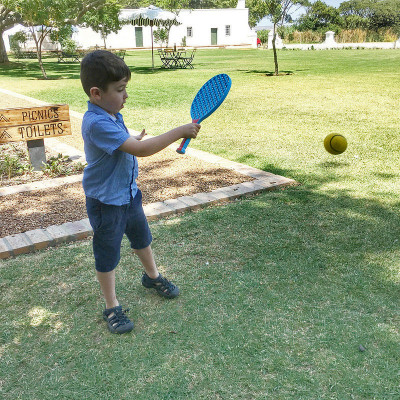
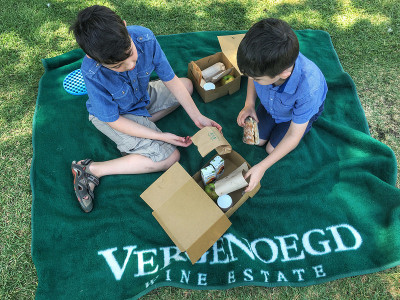
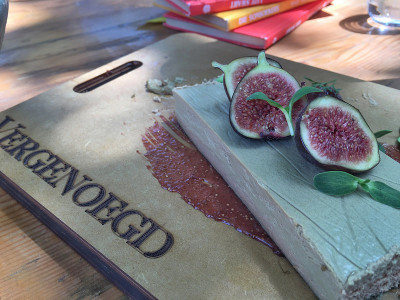
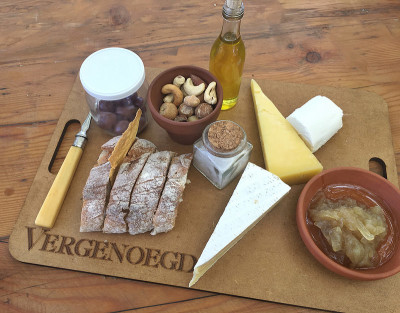
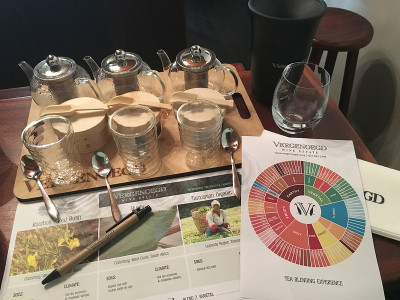
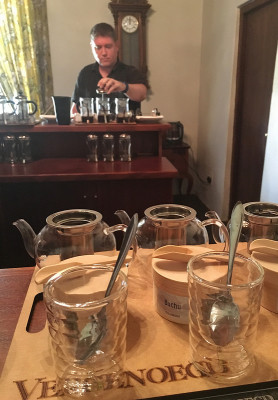
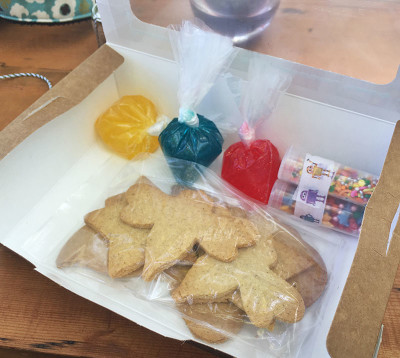
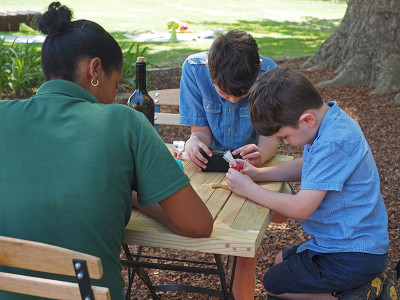
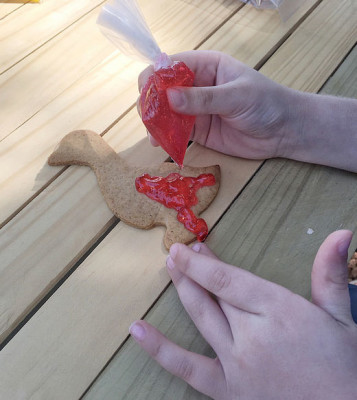
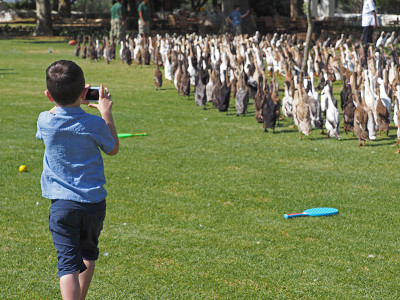
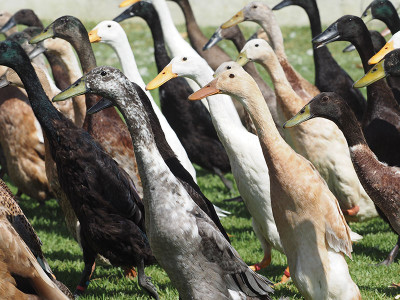
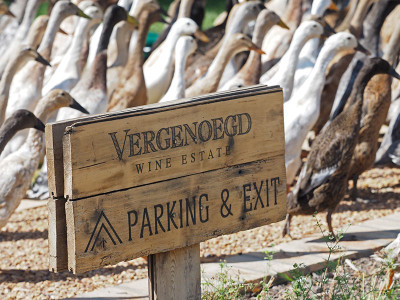
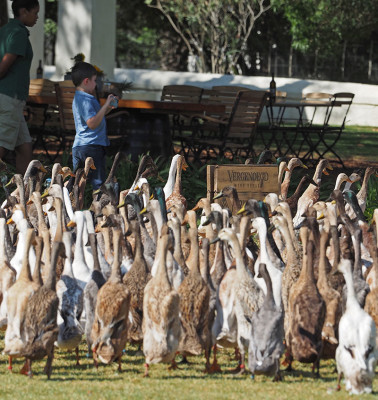
Video:
Watch this short video and see the highlight of our duck parade — a duck bouncing to its own beat!
Note: We visited Vergenoegd Wine Estate by invitation from Destinate and Vergenoegd Wine Estate. As always, all opinions are my own.

My husband & I loved the tea and coffee blending experiences, the wine, the bubbly, all 3 courses of the harvest lunch prepared by talented Chef Ryan, the farm to table food idea, the long table with everyone eating together and all the activities for the kids (child minding was a bonus).

In 2013, I kept hearing the term mirrorless and micro 4/3 but wasn’t sure exactly what it was. After some research and a visit to a camera store, I was sold on the Olympus mirrorless camera system and specifically the OM-D em5. I wanted a travel-friendly camera that uses interchangeable lenses that could eventually replace my heavy and cumbersome DSLR as well as compliment my iPhone photography.
My initial impressions were based on the way it felt in my hands, the solid build and how lightweight and compact it was in comparison to my Nikon camera body and lenses. One of the things I liked about the Olympus camera system was that they had a greater selection of lenses than any other mirrorless system as Panasonic lenses work on the Olympus camera bodies.
As you know, I advocate for the iPhone as a capable and fantastic camera and even made a case for photographing your safari with a smartphone. While I recommend taking photos with your iPhone, the camera in your pocket, sometimes you need more of a reach while on safari or photographing wildlife in the distance.
Hello Olympus.
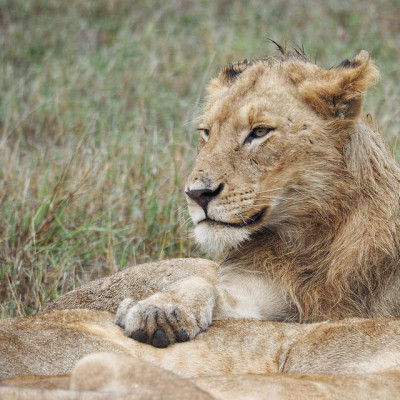
In the Autumn of 2013 was the OM-D e-m5 camera body, the 12-42mm 3.5-5.6, 45mm 1.8 and the 40-150mm f4.0-5.6 lenses. Then came the OM-D em-1, a contender for making a switch from DSLR to a mirrorless system for my photography business.
I purchased it and some prime lenses, a 17mm 1.8, 45mm 1.8 and 75mm 1.8 lenses. The em-5 became my backup camera and the 75mm 1.8 quickly became my favourite portrait lens out of the studio and the 45mm 1.8 lens became my favourite portrait lens in the studio.
I was impressed with what I was achieving with the Olympus system, even with ‘straight out of the camera’ images. It had been some time since I touched my Nikon camera, so I made the switch from DSLR to a mirrorless micro 4/3 system and haven’t looked back since. I travel everywhere with my Olympus camera and use it in the studio with my studio flash units and pocket wizard flash triggers; it works perfectly.
In 2014, the M. Zuiko 40-150 mm 2.8 pro lens made its debut and I could hardly wait. I received it just in time for a November 2014 trip to South Africa for a project I was working on there and also planning some time for a safari. One of my favourite captures with the lens is of a leopard in the Sabi Sands private game reserve.
The photo below is of a much-loved leopard known as Karula, and she was on the move. She was also travelling with a companion, a male leopard known as Tingana. They were mating so any chance of a shot, you had to be quick. Here’s the shot I captured of her as she looked my way for a second, literally.
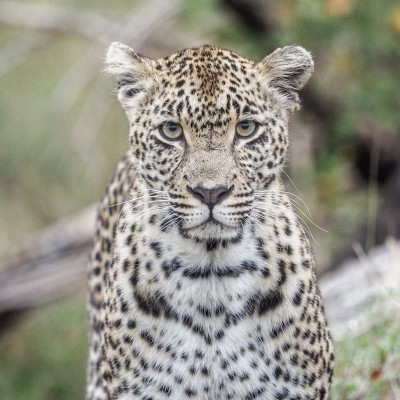
When on safari in a private game reserve, you get fairly close to the animals. The M. Zuiko 40-150mm 2.8 pro lens is a fantastic lens for the situation. It is fast, incredibly sharp and gives you an equivalent focal length of 80-300mm on a full-frame camera. Add the mc-14 teleconverter and it’s a fantastic combination. Keep in mind you lose 1 full stop with the teleconverter.
When on a self-drive or guided game drive in the Kruger National Park, the animals may not be as close and you must stay on the paved or dirt roads. In a private game reserve such as Sabi Sand, your guide can drive off-road if you’re tracking an animal. I’ve often needed a further reach in Kruger.
I read about the Olympus M.Zuiko Digital 75-300 mm f/4.8-6.7 ED II, a super-telephoto lens that is equivalent to a focal length of a 150-600mm lens on a full-frame camera. It is much smaller and lighter than the comparable focal length reach with a Nikon or Canon. Fortunately, I was able to get the lens on loan from Olympus, and I took it with me to South Africa for some wildlife photography testing.
Here are some images using the lens while on safari in South Africa.
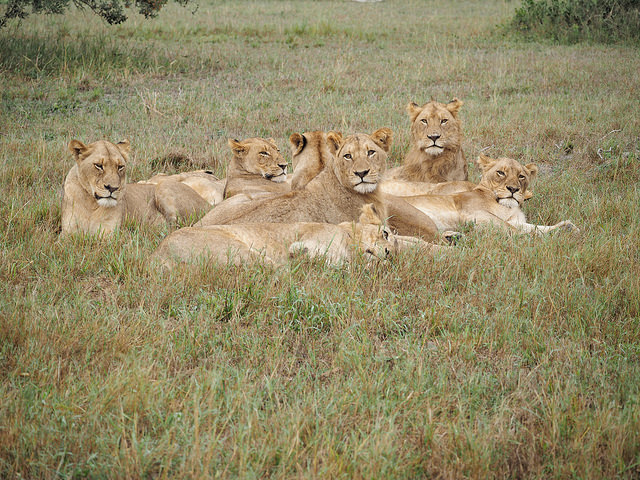
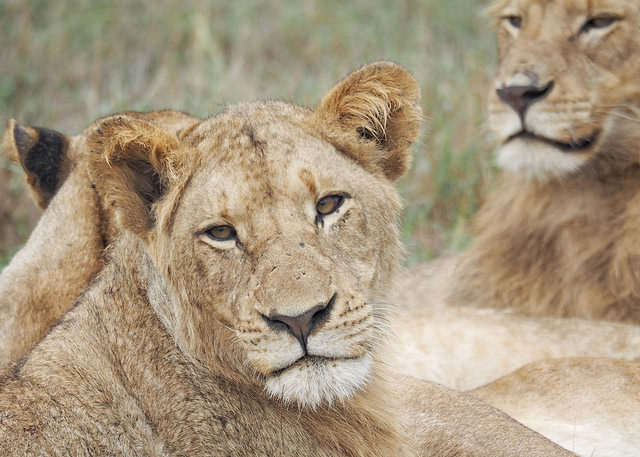
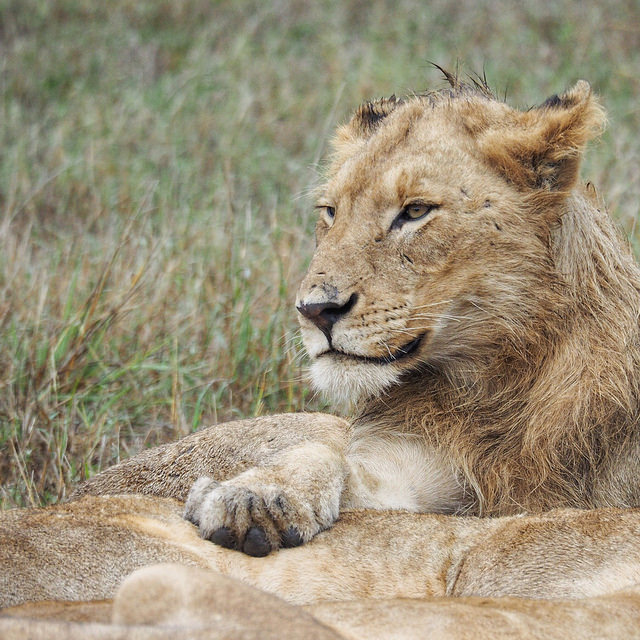
I was impressed especially considering these were handheld shots and I was in a safari game viewer with seven other passengers, not the stillest of conditions.
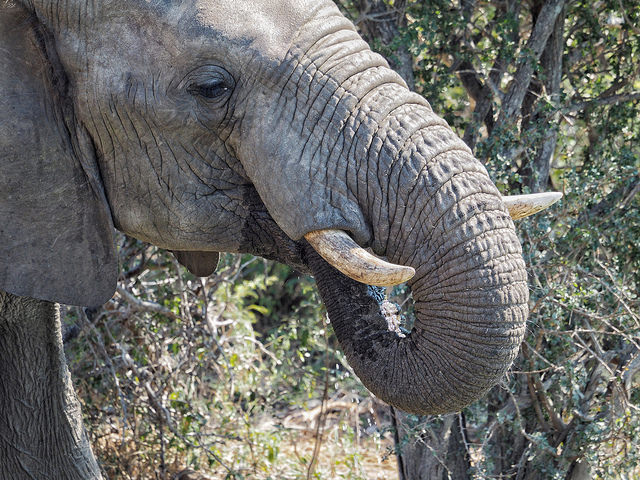
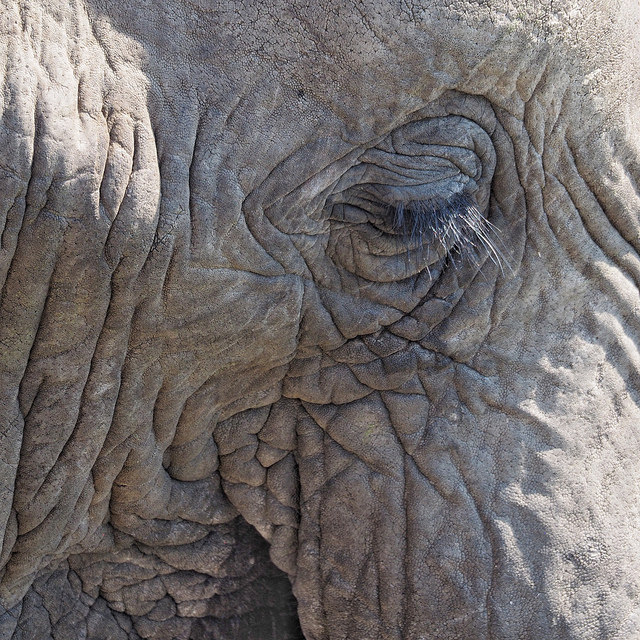
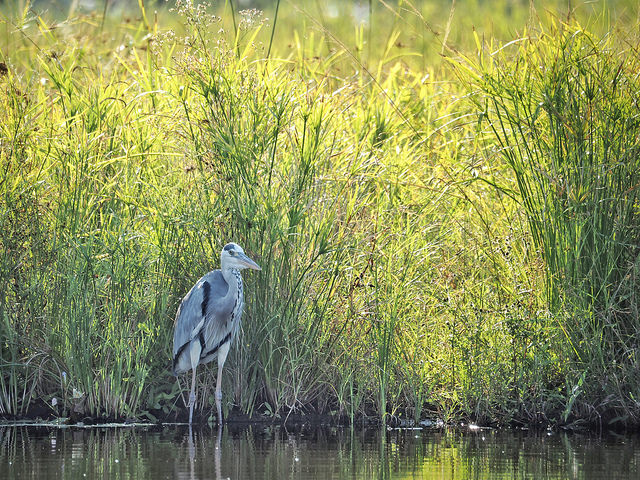
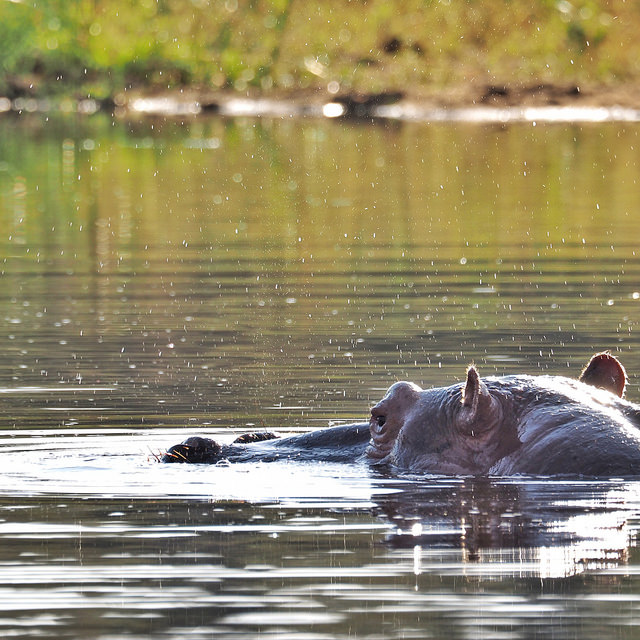
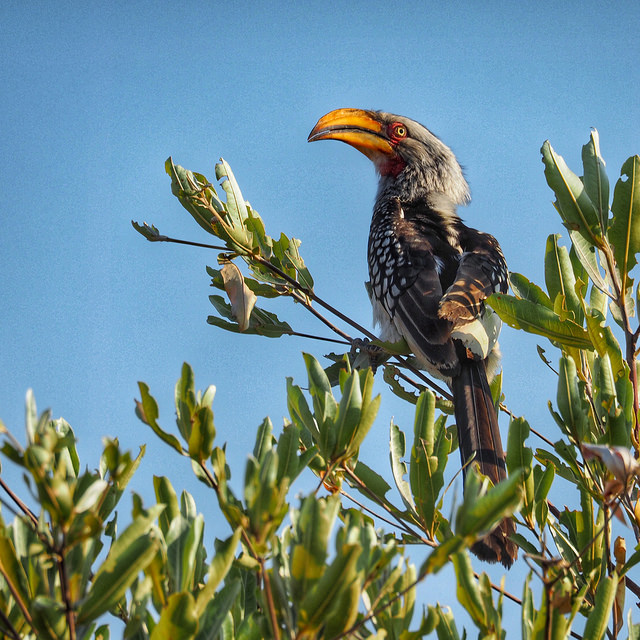
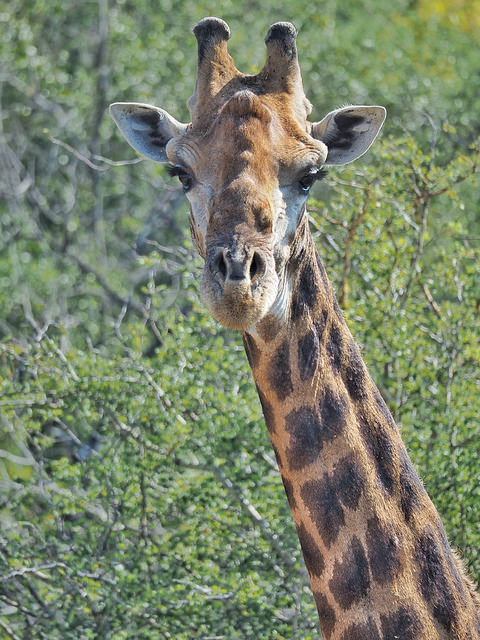
The quality you get for the price, the reach, the size, and weight make this lens one to add to the camera bag for anyone that is looking for a super-telephoto glass that travels well and doesn’t break the bank. It’s a great option for safari.
UPDATE AUGUST 2019
Olympus has since released an M. Zuiko 300mm F/4 IS pro lens and a 2x teleconverter that works with the M. Zuiko 40-150mm 2.8 pro lens and 300mm pro lens. I haven’t invested in the 300mm pro lens because I need the flexibility of a zoom lens as I do not want to travel with 2 camera bodies. I do however get to borrow the 300 mm F/4 pro lens from time to time for my Spring and Fall bird-watching activities.
In case you haven’t heard, Olympus announced a 150-400mm f/4.5 lens. I’m waiting to hear more about it, but I suspect it will be out of my budget. I’d like to test the Olympus M.Zuiko 12-200mm F3.5-6.3 lens. This could be in consideration for the one perfect travel lens, although I do love my 40-150mm f/2.8 lens.
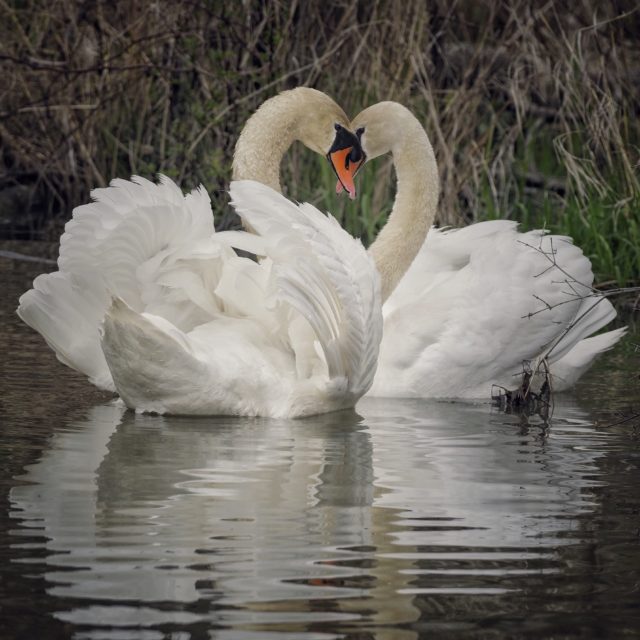
In October I’ll be leading a 7-day Cape Town photo tour. While in South Africa, I’ll once again be visiting Kruger National Park and the Greater Kruger area for safari. Stay tuned for a report on the new 2x teleconverter that I recently purchased.
Note: All Olympus camera bodies and lenses I own have been purchased by myself and have not been sponsored by Olympus. The Olympus M.Zuiko Digital 75-300 mm f/4.8-6.7 ED II was temporarily on loan to me from Olympus. All opinions, as always, are my own. I will only ever share reviews of products I find worthy of telling my readers.
Best camera and lenses for safari:
Other lenses I use and love and are great for travel:
Note: Some posts on this site may contain affiliate links to products and sites I recommend. Should you click through and purchase or book something through the link, I may earn a small commission. It is of no extra cost to you. As always, if you have any questions, please do not hesitate to connect with me. For the full disclosure policy, visit here.
